The Social Security Administration (SSA) has just released a new Program Operations Manual System (POMS) section governing the agency’s treatment of ABLE accounts for Supplemental Security Income (SSI) beneficiaries. The new POMS materials clarify several confusing parts of the ABLE legislation and provide a road map for practitioners dealing with ABLE accounts and SSI benefits, although as a result of the recent federal budget legislation the POMS now contains one error regarding the residency requirement for ABLE accounts.
For instance, the new POMS section specifically states that the designated beneficiary of an ABLE account is always considered to be the account owner, regardless of whether he has signature authority on the account. Furthermore, contributions to an ABLE account from any source do not count as the account owner’s income, but if the owner funds his own ABLE account, the receipt of the funds used to establish the account is considered income.
The most important part of the POMS section deals with the SSA’s treatment of distributions from an ABLE account. Distributions from an ABLE account for non-housing-related qualified disability expenses are not counted as income and are excluded from the beneficiary’s resource calculation even if they are retained for months following the distribution. (The POMS includes lists of qualified disability expenses and housing-related qualified disability expenses.) In the example used in the POMS, a beneficiary takes a $500 cash distribution from an ABLE account in June to pay for a medical bill due in September. The beneficiary keeps the $500 in his bank account for two months until paying the medical bill. According to the POMS section, this distribution is neither income nor a resource because it is being used to pay for a non-housing-related qualified disability expense. (If the same cash distribution were made from a special needs trust, it would be considered unearned income in the month received and it would be counted as a resource in the following months.) In a second example, if the same distribution was put into her checking account in May but used to pay rent on June 3, , it would be included as a beneficiary’s resource because it was part of her checking account balance as of the first of the month in June.
The new section also discusses what happens if an ABLE account is over-funded. (ABLE accounts can only hold a total of $100,000.) In this case, the funds in the account above $100,000 count towards an SSI beneficiary’s resource limit. However, if the beneficiary’s non-ABLE resources are worth less than $2,000, and the additional money from the over-funded ABLE account brings the beneficiary over SSI’s $2,000 resource limit, then the beneficiary will fall into a special period of SSI suspension, during which the beneficiary will not receive an SSI cash benefit but won’t lose Medicaid benefits. Normal SSI benefits will be reinstated as soon as the beneficiary’s excess ABLE funds are not causing her to exceed the $2,000 SSI resource limit.
The new POMS does contain one error that came about due to a change in the ABLE Act that was promulgated in the recent federal budget legislation. The budget removed the requirement that an ABLE account must be established and maintained in the state where the beneficiary lives. As amended, an ABLE account can now be set up in any state, regardless of the beneficiary’s state of residence. The POMS section does not reflect the recent change and will need to be amended to comply with the new federal law.
To read the new POMS Section SI 01130.740, click here: https://secure.ssa.gov/apps10/poms.nsf/lnx/0501130740


